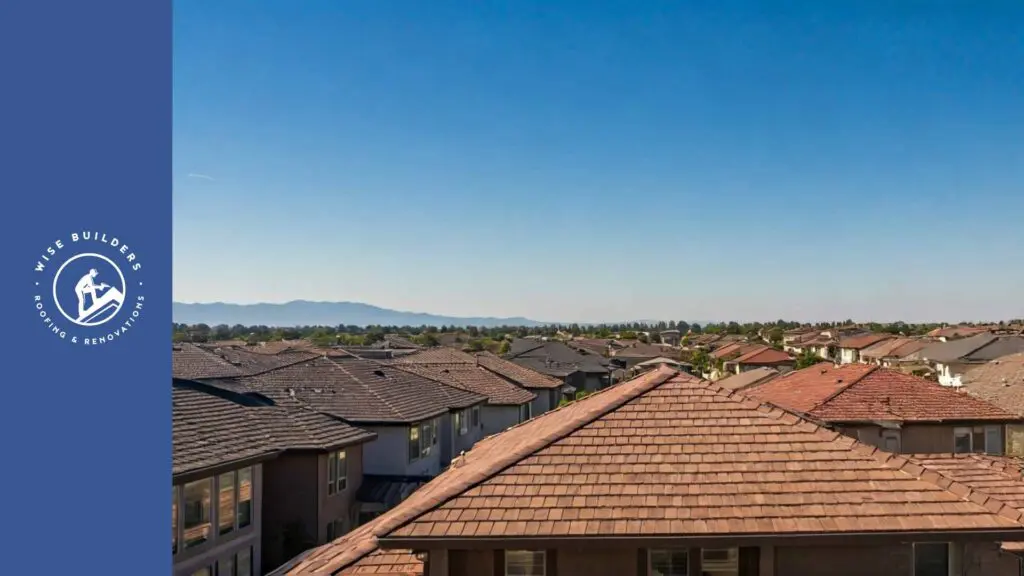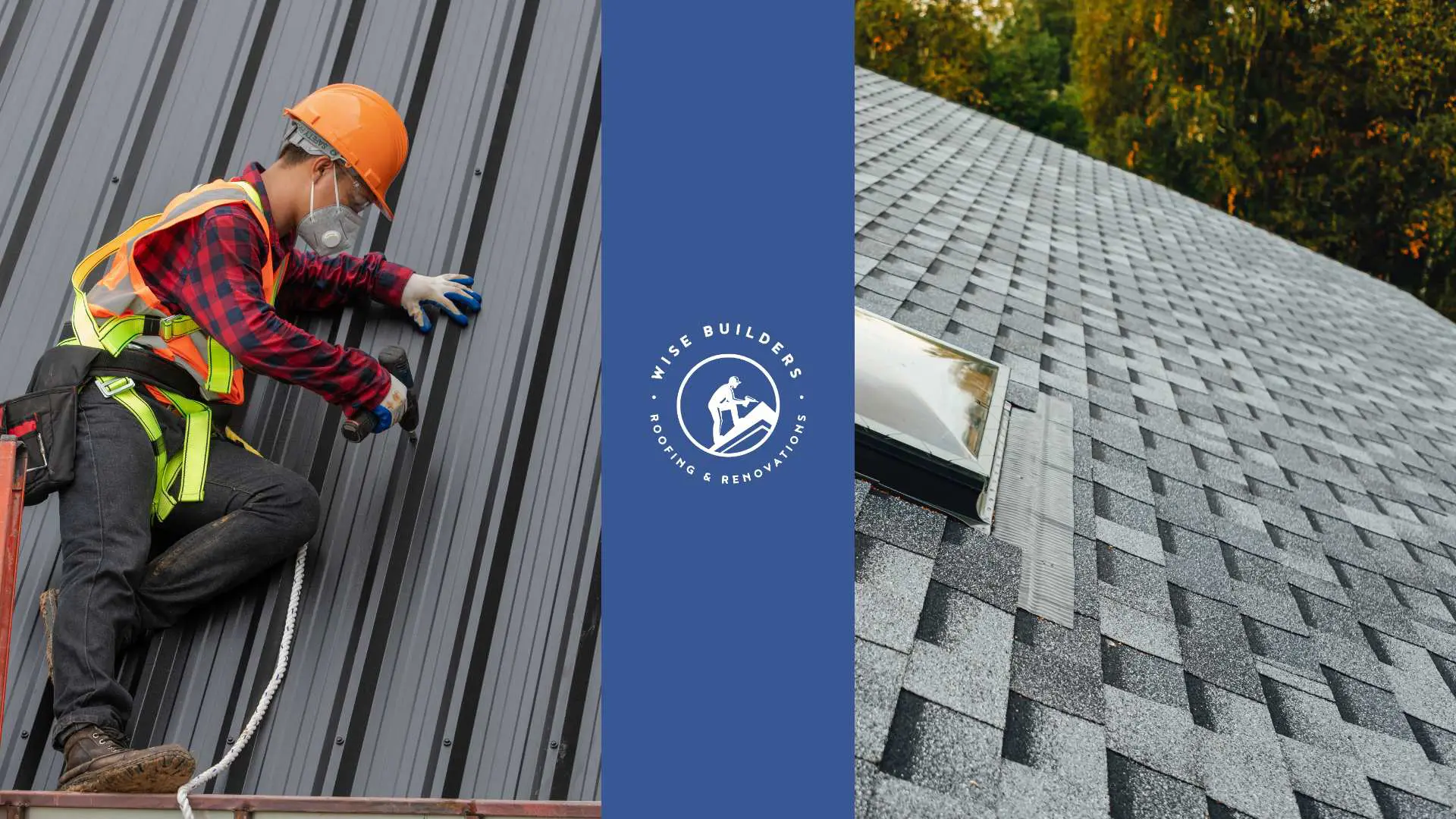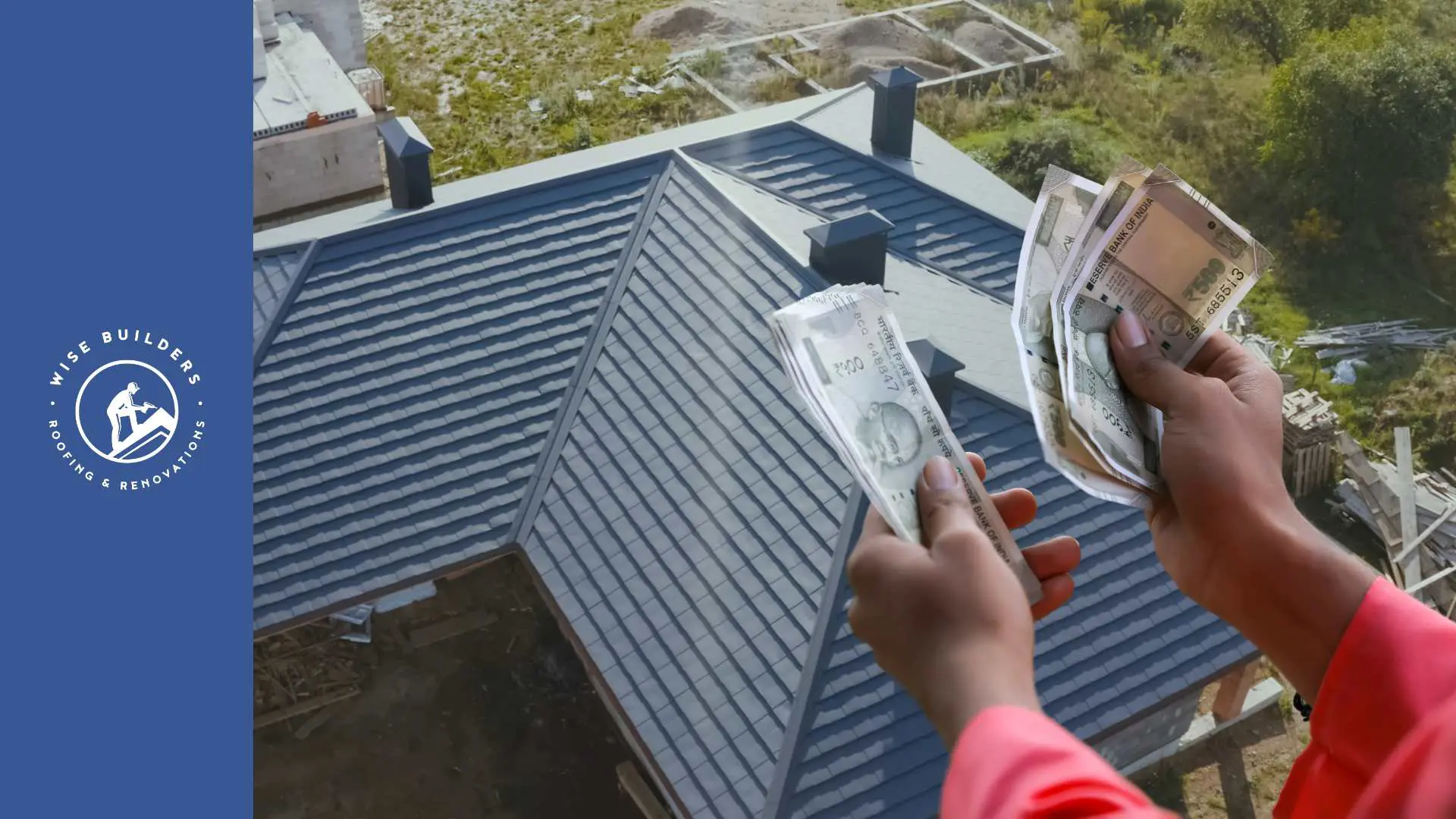
Key Highlights
- Shingle roofs are a popular choice for homeowners but understanding their lifespan is crucial.
- Factors like shingle type, installation quality, weather, ventilation, and maintenance all play a significant role.
- Regular inspections help identify potential issues early, maximizing roof life.
- Knowing the signs of damage, like missing shingles or leaks, is important for timely repairs.
- Proactive maintenance can prevent costly replacements down the line.
Introduction
For many homeowners, a wood shingle roof is a mainstay, offering a balance of durability and aesthetics. But how long can you realistically expect your shingle roof to last? The answer, as with most things related to home maintenance, depends on a variety of factors. From the type of shingle you choose to the weather conditions it endures, several elements contribute to a wood shingle roof’s life expectancy.
Understanding the Basics of Shingle Roofing

However, shingle roofs aren’t a one-size-fits-all solution. Understanding the different types of shingles and type of roof available, the factors influencing their longevity, and recognizing signs of wear can empower homeowners to make informed decisions about their roofs.
What Are Shingle Roofs Made Of?
Shingle roofs are primarily categorized by their material composition, with each offering distinct advantages. Asphalt shingles, composed of asphalt-saturated fiberglass or organic mat topped with mineral granules, are the most prevalent. This popularity stems from their affordability, color variety, and ease of installation.
Architectural shingles, on the other hand, are a type of asphalt shingle noted for their dimensional shingles appearance and enhanced durability. Constructed with a thicker base and layered design, they offer greater resistance to wind uplift and impact damage.
While asphalt reigns supreme, other roofing materials, like metal, slate, and tile, provide unique aesthetic and functional benefits, often at a higher price point.
Types of Shingle Roofs and Their General Lifespan
The average lifespan of an asphalt shingle roof can vary significantly based on the type of roof shingles. Standard 3-tab shingles, recognized by their flat profile, generally last 15-20 years. While affordable, their thinner construction makes them more susceptible to weather-related wear.
Architectural shingles, sometimes called dimensional or laminate shingles, boast a longer lifespan, often reaching 25-30 years. Their increased thickness, dimensional design, and enhanced wind resistance contribute to their durability.
Premium shingles, a step above architectural shingles, represent the high end of asphalt roofing. These shingles mimic the look of slate or cedar shake at a fraction of the cost, with lifespans potentially exceeding 30 years.
Key Factors Influencing Shingle Roof Longevity
Beyond the type of shingle, several external factors impact roof longevity. Weather conditions play a significant role, with extreme temperatures such as extreme heat, cold, or frequent storms accelerating wear and tear.
Proper installation is paramount. A skilled roofing contractor ensures shingles are correctly fastened and aligned, preventing premature failure. Regular maintenance, including inspections and cleaning, extends lifespan by addressing minor issues before they escalate.
Impact of Mobile, AL, and Pensacola, FL Climate on Shingle Roofs
Coastal climates, like those experienced in Mobile, AL, and Pensacola, FL, pose unique challenges for shingle roofs. High humidity, frequent rainfall, and the risk of severe weather, including hurricanes, contribute to accelerated wear.
Warmer climates also mean extended exposure to UV radiation, which can degrade asphalt shingles over time, causing them to become brittle and prone to cracking.
Regular inspections are crucial in these regions, allowing homeowners to stay ahead of potential issues caused by the harsh climate. Choosing shingles specifically designed for hurricane zones or with enhanced UV protection can contribute to a longer lifespan.
The Role of Proper Installation in Extending Roof Life
Even the highest-quality shingle roof can fail prematurely if not installed correctly. Improper installation can lead to a cascade of problems, from leaks and blow-offs to reduced energy efficiency. Hiring a qualified and experienced roofing contractor is non-negotiable.
A reputable roofing contractor begins with a thorough inspection of your roof deck, ensuring it’s structurally sound and properly ventilated. Next, they’ll focus on proper shingle alignment, nailing patterns, and flashing details, critical factors in preventing leaks.
In addition, a knowledgeable contractor will discuss proper ventilation requirements, ensuring adequate airflow to prevent moisture buildup in the attic, which can significantly impact your roof’s lifespan.
Maintenance: The Lifeline of Your Shingle Roof
Extending the life of your shingle roof requires a proactive approach, and regular maintenance is paramount. to ensure the health of your roof. Just like any other part of your home, your roof benefits from routine checkups. Schedule an annual inspection with a qualified roofing contractor to identify and address potential issues early.
Preventative measures such as removing debris, cleaning gutters, and trimming overhanging branches go a long way. These simple tasks prevent water buildup, reduce the risk of mold and mildew growth, and protect your roof from impact damage.
Remembering these maintenance tasks can prevent small issues from becoming major problems. Maintaining your roof is an investment in your home’s value and longevity.
Signs Your Shingle Roof May Need Replacement
While regular maintenance can extend the lifespan of your roof, knowing when to replace it is equally important. If you notice signs of wear beyond simple repairs, it might be time to start budgeting for a new roof.
Recognizing these warning signs early prevents more costly damage down the line. Consulting with a trusted roofing contractor provides an expert assessment of your roof’s condition and guidance on the best course of action.
Visible Wear and Tear: What to Look For
One of the most obvious signs that your shingle roof needs attention is visible damage. This can manifest as cracked, curled, or missing shingles. Granule loss, indicated by granules accumulating in your gutters or at the base of your downspouts, is another red flag.
Check for signs of water damage, such as dark stains or streaks on your interior ceilings or walls. This could indicate a leak that has gone unnoticed for some time. Don’t ignore these signs, as they won’t resolve independently and will likely worsen over time.
Identifying these issues early allows you to address them before they escalate into more significant problems requiring a complete roof replacement. A professional inspection can pinpoint the root cause and provide a recommended course of action.
When Leaks Signal Bigger Problems
Roof leaks are more than just an inconvenience – they signal potentially major issues. While not all leaks originate from a failing roof, recurring or widespread leaks often point to a larger problem with your shingle roof.
Water damage from leaks can wreak havoc on your home’s structure, leading to mold growth, compromised insulation, and structural instability. If you suspect a leak, don’t wait, as early detection and repair are crucial.
Contact a qualified roofing contractor immediately to assess the situation. They’ll locate the source of the leak and determine if a simple repair or a full roof replacement is necessary. Addressing leaks promptly prevents more extensive and expensive damage down the line.
Enhancing the Life of Your Shingle Roof
Maintaining a healthy roof is an ongoing process, not just a response to immediate problems. Implementing proactive measures can greatly enhance the longevity of your shingle roof, saving you money and headaches.
By combining DIY vigilance with professional expertise, you ensure your roof continues to provide reliable protection for your home. Remember, a well-maintained roof is a key factor in the overall value and integrity of your house.
Regular Maintenance Tips for Homeowners
As a homeowner, you can take simple but effective steps to enhance your roof’s lifespan. Start by keeping your roof clear of debris. Leaves, branches, and dirt can trap moisture, promoting algae growth and potentially clogging gutters.
Trim overhanging tree branches to prevent damage from wind gusts or falling limbs. Ensure adequate attic ventilation to prevent heat and moisture buildup, which can prematurely age your shingles.
While some maintenance tasks are achievable for homeowners, don’t hesitate to call in a professional for anything beyond basic cleaning or inspection. Attempting complex roof repairs yourself can be dangerous and lead to unintended damage.
Professional Inspection and Care: When to Call the Experts
While regular DIY maintenance is crucial, professional roof inspections are equally important. Consider scheduling a professional inspection annually or after severe weather events, such as hailstorms or high winds.
A reputable roofing company will have experienced inspectors who can assess your roof’s condition, identify potential issues, and recommend necessary repairs. They can also assist with insurance claims if your roof has sustained damage from covered perils.
Remember, professional inspections provide valuable peace of mind, ensuring minor problems are addressed before they escalate into costly repairs or premature roof replacement.
Conclusion
In conclusion, understanding the lifespan of shingle roofs is crucial for homeowners. Factors like material quality, climate impact, and proper maintenance play significant roles in extending roof longevity. Regular inspections, timely repairs, and professional care can enhance your roof’s life span. Keep an eye out for visible wear, leaks, and other signs indicating the need for replacement. By taking proactive measures and investing in maintenance, you can ensure the durability and effectiveness of your shingle roof, protecting your home for years to come. If you reside in Mobile, AL, or Pensacola, FL, consider the unique climate challenges and tailor your maintenance schedule accordingly.
At Wise Builders, We ensure our clients receive the best possible outcomes. Our commitment to quality workmanship and customer satisfaction is unwavering, making us the top choice for residential Roofing services in our community.
Frequently Asked Questions
How often should shingle roofs be inspected in the Gulf Coast region?
In hurricane-prone areas like the Gulf Coast, annual roof inspections by a qualified roofing contractor are highly recommended. Preventative measures and proper care are even more critical in this region due to the increased risk of severe weather and its impact on shingle roofs.
Can certain shingle types withstand Gulf Coast hurricanes better?
Yes, impact-resistant shingles or those specifically designed for high wind zones offer better protection against hurricane-force winds. Consider upgrading to these quality roofing materials if you’re in a hurricane-prone area, or even consider switching to a metal roof.






